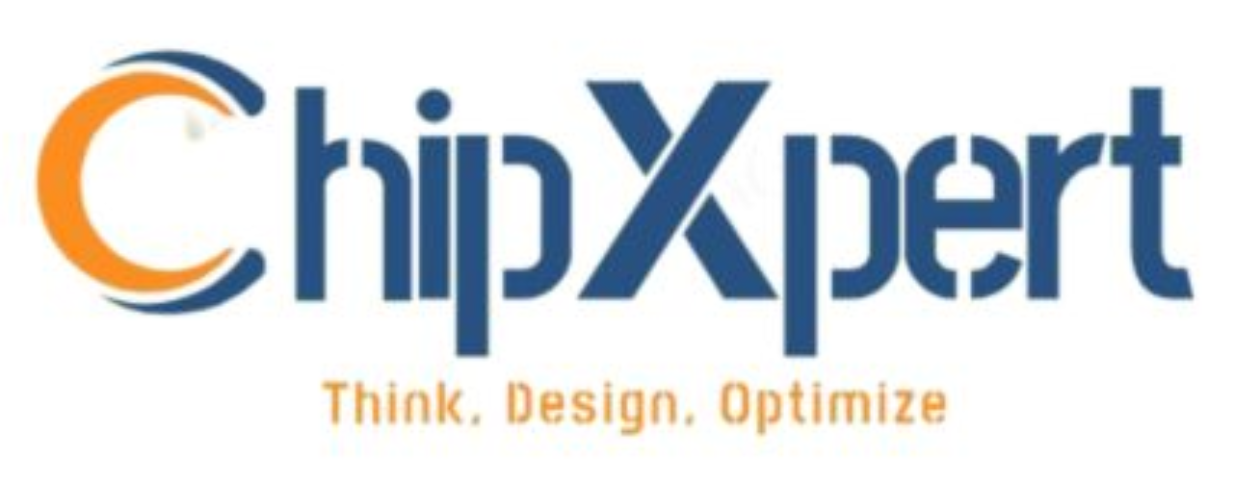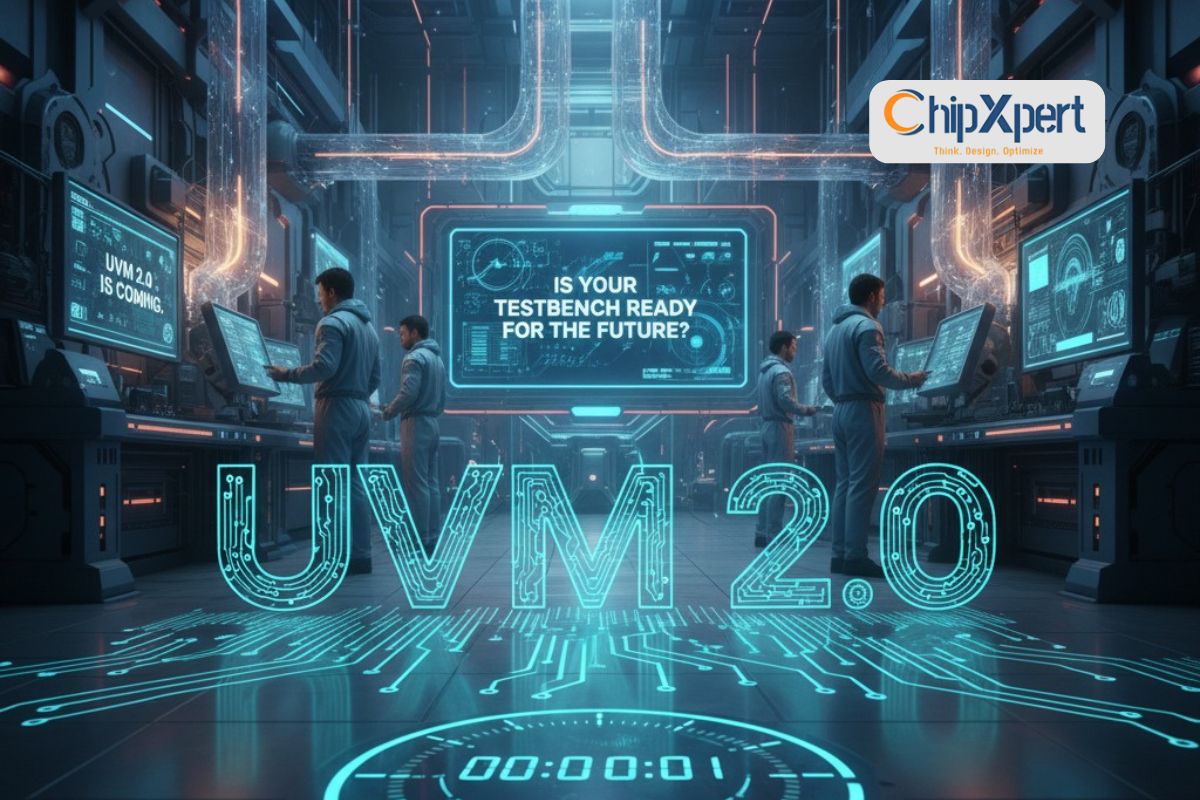UVM 2.0 is Coming. Is Your Testbench Ready for the Future?
If you’ve worked in ASIC verification in the last decade, you know UVM. The Universal Verification Methodology has been the bedrock of our industry. It’s the framework we love to complain about, but we can’t live without. It brought standardization, reusability, and power to complex verification tasks.
But let’s be honest: UVM can feel… heavy. Writing sequences, connecting TLM ports, and building layered testbenches for simple blocks can sometimes feel like using a sledgehammer to crack a nut. The world has moved on, with new languages, bigger chips, and the need for blindingly fast verification cycles.
That’s why the announcement of UVM 2.0 isn’t just an update; it’s a glimpse at the future of verification. It’s the community’s answer to a crucial question: How do we keep this essential tool relevant for the next generation of silicon?
Why Now? The Drivers for Change
UVM 1.2 was a masterpiece for its time. But the challenges we face today are different:
- SoC Complexity: Chips are now massive systems, and verifying system-level scenarios is as important as checking block-level functionality.
- The Rise of Python: A generation of engineers and software developers are more comfortable in Python than SystemVerilog for high-level test coding.
- Agile & CI/CD: Verification needs to integrate seamlessly into fast, automated development pipelines.
UVM 2.0 isn’t about throwing everything away. It’s about evolution, not revolution. The goal is to make UVM more flexible, more efficient, and more accessible.
Key Shifts on the Horizon: What to Expect in UVM 2.0
While the standard is still evolving, the working groups are focused on several key areas that will fundamentally change how we think about our testbenches.
1. Multi-Language Support: Welcome, Python!
This is the headline feature. UVM 2.0 is being architected to be language-agnostic at the upper layers. This means the core UVM library will remain in SystemVerilog, but the test layer could be written in other languages, most notably Python.
Why this matters: Imagine writing your high-level test scenarios, complex sequences, and scoreboard analysis in Python. You’d have instant access to its incredible ecosystem of data science, plotting, and AI/ML libraries. This could make it drastically easier to create intelligent, self-adapting tests and to collaborate with software teams who already live in Python.
2. A Stronger Focus on Debuggability
Let’s face it, debugging a UVM testbench can be a trek through a labyrinth of class hierarchies and factory overrides. UVM 2.0 aims to bring this out of the dark ages.
- Better Error Messages: Instead of cryptic null object access errors, expect more contextual, helpful messages that point you directly to the problem.
- Standardized Logging: A more consistent and powerful logging infrastructure could replace the current `uvm_info paradigm, making it easier to trace and filter messages during deep debug sessions.
3. Enhanced Configuration and Reusability
The uvm_config_db is powerful but can be fragile and magical. UVM 2.0 is exploring more robust and explicit ways to handle configuration, making components truly self-contained and easier to reuse across projects without hidden dependencies. Think less “global database” and more “structured and predictable.”
4. Streamlining and Modernization
The working group is looking at the verbosity of UVM and asking, “Can we make this simpler?” This might involve:
- Introducing new, more concise APIs for common tasks.
- Deprecating older, less efficient features to slim down the framework.
- Improving performance for massive regression runs.
The ChipXpert.in Perspective: Preparing for the Shift
At ChipXpert.in, we see UVM 2.0 not as a looming disruption, but as a welcome and necessary modernization. The core principles of UVM—reusability, separation of concerns, standardization—are more important than ever. UVM 2.0 is about strengthening those principles by removing the friction points.
So, how should you prepare?
- Don’t Panic: Your existing UVM 1.2 testbenches aren’t becoming obsolete overnight. Backward compatibility is a key tenet of the update.
- Embrace Clean Code Practices: The best way to prepare for any migration is to have a well-structured, modular testbench today. If your current code is a tangled web, now is the time to refactor.
- Explore Python: If you haven’t already, start dabbling in Python. Its role in verification, from scripting to now potentially being a first-class test language, will only grow.
- Stay Informed: Follow Accellera updates and start discussions within your team about these coming changes.
The verification horizon is bright. UVM 2.0 is shaping up to be the bridge that connects the proven power of our current methodology with the flexibility and tooling of the modern software world. It’s about giving verification engineers better tools to tackle the monumental task of proving tomorrow’s chips are correct.Curious about how to future-proof your verification environment? The team at ChipXpert.in is actively tracking these developments. [Reach out to us] to discuss how you can build a strategic path toward adopting UVM 2.0 and other modern verification techniques.



